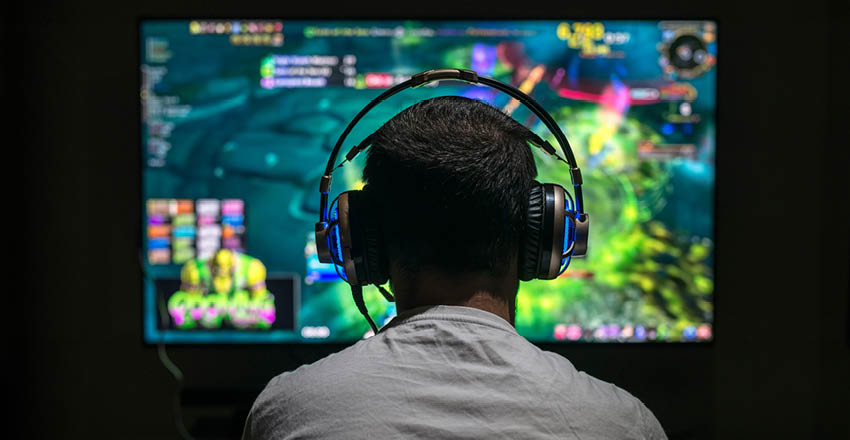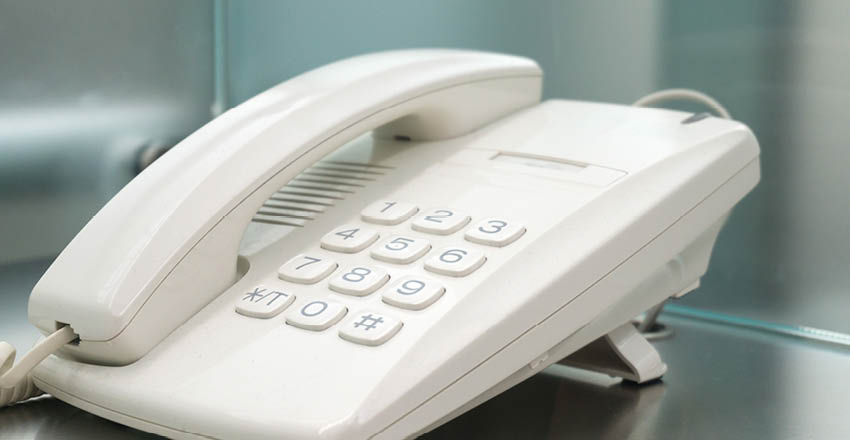
How full fibre broadband will power your future SMART home
The market for SMART home devices is about to boom. According to Statista data, over 130 million households have at least one SMART device. That figure is expected to rise to over 330 million by 2027!
In other words, our homes (and the devices that fill and power them), are about to get a lot SMARTER.
But what will this high-tech future look like? Keep on reading to find out.
What is SMART technology?
SMART technology (or Self-Monitoring Analysis and Reporting Technology) uses big data, machine learning and artificial intelligence, to build ‘thinking’ devices. SMART devices analyse their own performance and are continually updating themselves to work more efficiently.
They also interact, or ‘talk,’ with other SMART devices linked to the network. Tech experts call this the Internet of Things, or IoT. Thanks to low-cost computing, the cloud, big data, analytics, and mobile technologies, devices within an IoT network can share and collect data with minimal human intervention.
In this hyperconnected world, digital devices and systems can record, monitor, and adjust each interaction between connected things. The IoT is where the digital meets the physical world.
The benefits of SMART technology.
SMART toilets are one of the best examples of this blending between the physical and digital world. Sonia Grego, the co-founder of SMART tech firm Coprata, is developing a toilet that uses sensors and artificial intelligence to analyse our ‘waste.’
“There are several thousand known different small molecules that exist in urine, and they give you insight into what’s going on with our bodies,” says Grego. “We literally flush away tons of health data every day!”
Grego believes ‘thinking’ loos could become the ultimate health monitoring tool. They could record and track our waste, sending the data to an app which will then analyse the information for signs of existing or potential health issues.
At some point in the future, Grego is confident that smart toilets could even make lifestyle suggestions. They could tell us to eat more fibre or nutrients, cut out certain foods that are bad for our health, or work out what kind of foods triggered an upset stomach.
“The science of nutrition is moving toward personalised nutrition,” says Grego. “Our SMART technology will be a huge driver of this. It will lead to better health outcomes, including a reduction in deaths from bowel cancer. The data will also help people take full control of their own health and well-being. This really promises better living through better technology – or should we say through SMARTER technology.”
More examples of SMART technology in the home.
That’s enough toilet talk for now. Instead, let’s look at some of the other SMART devices set to change how we live and interact with our living spaces.
Smart lighting solutions.
Smart lighting systems let you control and program your lights from anywhere. You can turn them off or on with an app. It’s an excellent security measure for keeping your home safe when you’re away.
Other systems automatically adjust the lighting and wattage, minimising your monthly bills and carbon footprint.
They can even help us sleep better.
The Holî SleepCompanion is a specialised smart bulb, designed to wake you up naturally with a specifically tuned blue tint. The Holî SleepCompanion has a second feature that activates at night. It gradually dims your lights, stimulating melatonin in the brain. Melatonin is a natural hormone, produced by the pineal gland that regulates a healthy sleep cycle.
SMART kitchen appliances.
SMART ovens that automatically adjust cooking temperatures. Toasters that ‘know’ when the bread has reached optimum ‘toastiness.’ Refrigerators reminding you that you’re running low on milk. Fridges that connect to your online shopping account and order a fresh pint for you!
It all sounds like the stuff of science fiction. However, all these home appliances are already available or in the final stages of development.
SMART door locks.
SMART technology will make all your door locks keyless. Instead of keys, you’ll use a smartphone app or biometric data like a fingerprint or retina scan. Advanced SMART systems will use facial-recognition software, to identify you on approach, unlocking the doors automatically. No more losing your keys. No more getting locked out of the house!
You could even program the locks to let in certain people at certain times, including maintenance staff, dog walkers, and family pets.
These are just a handful of the SMART technologies that will transform our homes into high-tech, interactive hubs and the most innovative applications will probably be the ones we have yet to imagine. Exciting times ahead!
Share this article
Read more like this
 Broadband for Gamers: How t...
Broadband for Gamers: How t... Optimise your gaming experience with our guide to finding the best broadband […]

